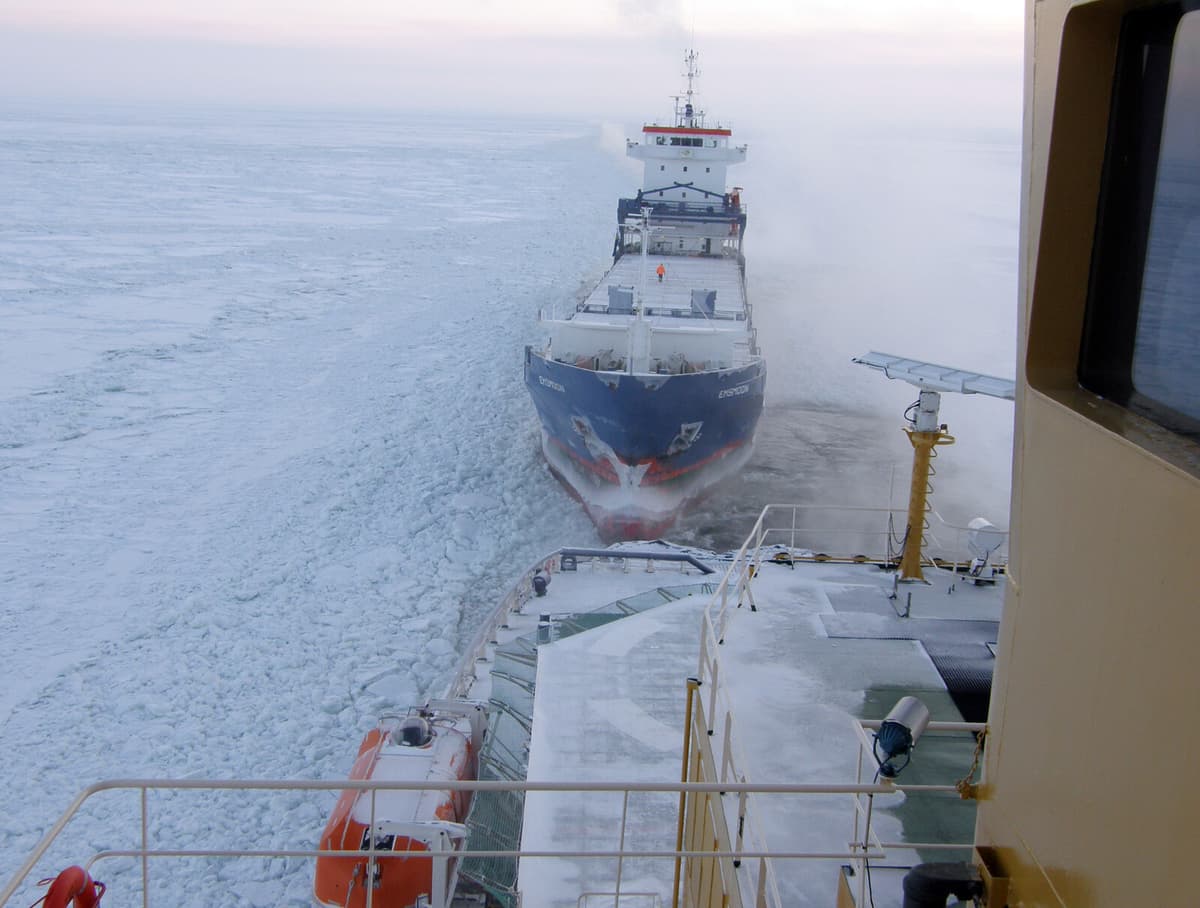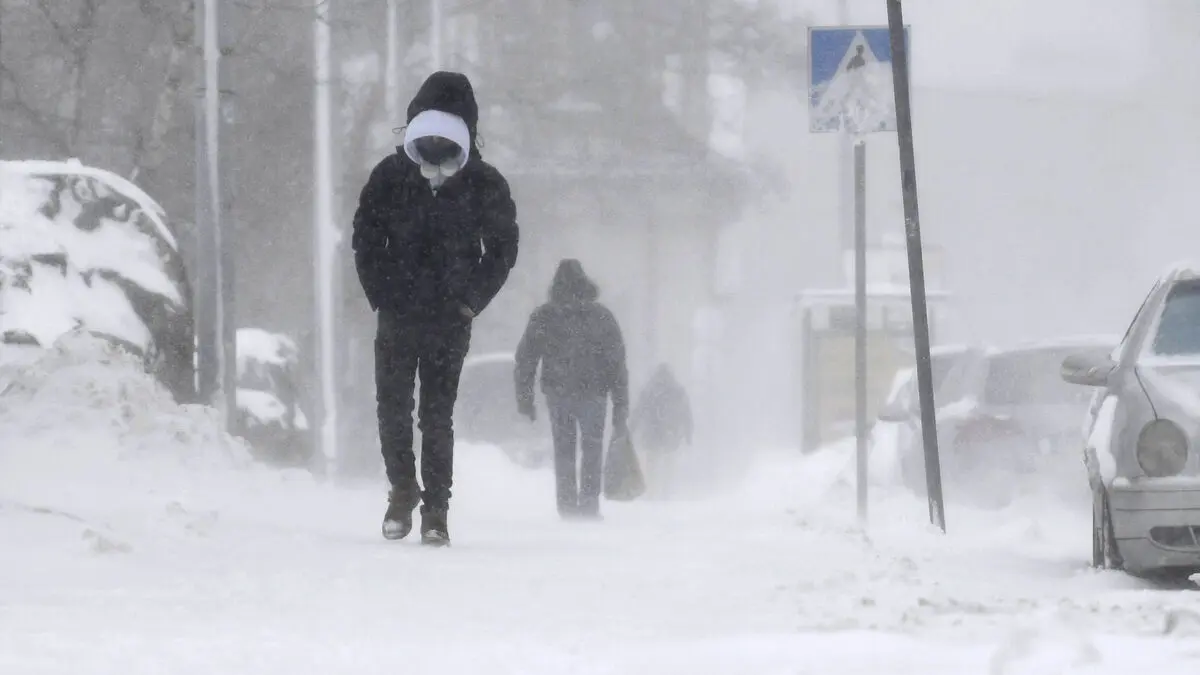The main reason is that the weather has been much milder and the ice that exists is much easier for the vessels to navigate through on their own, says Annika Hjelmsten, operational manager at the Swedish Maritime Administration's icebreaker unit.
By Wednesday, five of the six state-owned icebreakers had assisted 62 vessels to and from the ports in the north during the season, compared to 573 vessels at the same time last year, according to figures from the Swedish Maritime Administration.
At that time, five state-owned icebreakers, plus five hired resources, had been in operational use for 3,120 hours – compared to 431 hours during this season.
A month later
The ice coverage during the current season – approximately 52,000 square kilometers – is about two and a half times smaller than during the previous one.
The weather also means that the ice that exists now is less hard and thick.
The first icebreaker operation was carried out on January 4, about a month later than during the previous season.
Last season's workload was considered normal. The current season will likely, when it ends, still be classified as mild.
The question is then what the Swedish Maritime Administration can do with its vessels during the respite provided by the mild weather.
A season like this provides greater opportunities for ongoing maintenance at the quay if any problems arise, says Hjelmsten.
"Extra resource"
Currently, four state-owned icebreakers – Ale, Frej, Oden, and Ymer – are out and working in the Gulf of Bothnia. Atle is lying as a resource at the quay in Luleå.
The newcomer to the fleet, Idun, which was purchased second-hand from Norway last year, may be put into operation late in the season after renovation at the shipyard.
Most importantly, it will become an extra resource going forward. We get the opportunity to cover more ports without having to hire external resources, says Hjelmsten.
Tomas Bengtsson/TT
Facts: Icebreakers
TTTT
The Swedish Maritime Administration has the six state-owned icebreakers Ale, Atle, Frej, Idun, Oden, and Ymer. When needed, external resources are hired in the form of, among other things, tugboats.
About ten million tons of goods are transported to and from the ports in the Gulf of Bothnia during the winter, which corresponds to approximately one million trucks.
Sweden and Finland have had close cooperation on icebreaking for several years. This can mean that sometimes a Finnish icebreaker assists traffic to a Swedish port and vice versa.
Source: Swedish Maritime Administration





